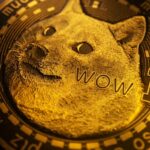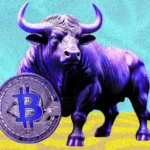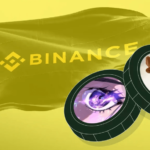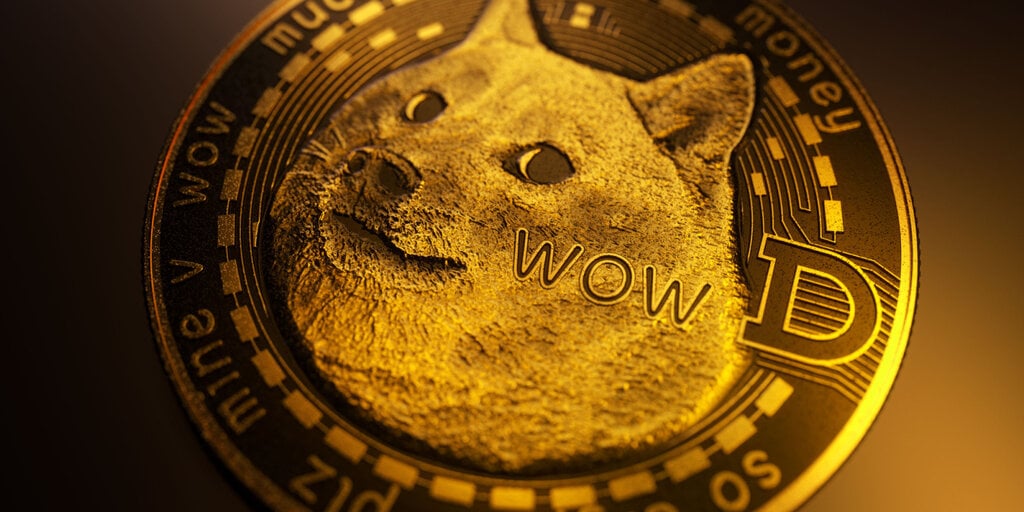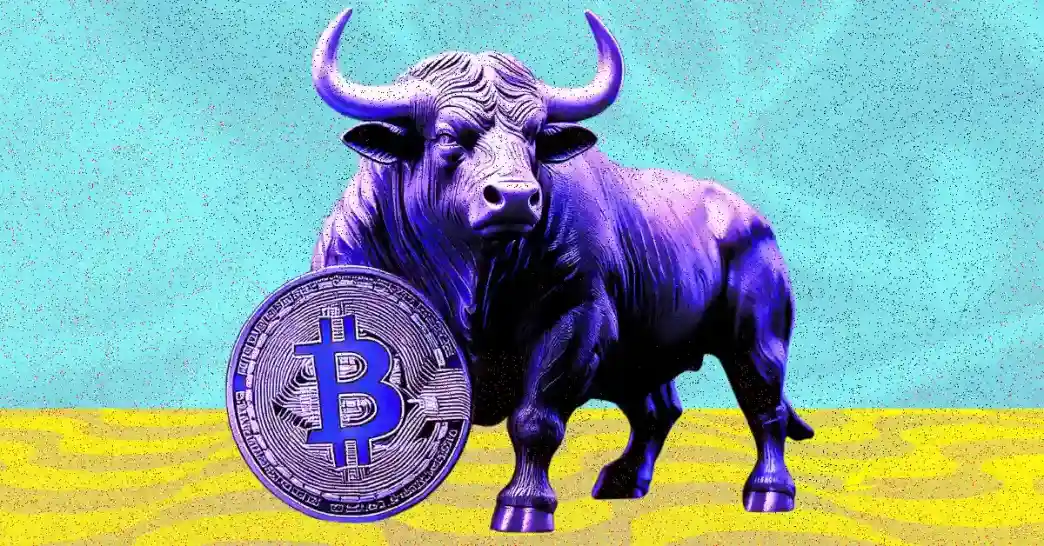
In September, Shiba Inu demonstrated resilience by reaching a three-month high despite investor apprehension. The Federal Reserve’s rate cuts fueled a broad market upswing, leading to a 51% weekly increase in SHIB’s price. However, this rise was followed by a decline, causing concern among investors. Yet, analyst Oscar Ramos provided insights that aim to alleviate these worries.
How Are Analysts Viewing Shiba Inu?
Currently, Shiba Inu stands as a significant player in the meme coin sector, ranking as the second most popular token. Recently, SHIB’s value peaked at $0.00002148 before settling at $0.00001964, with a market capitalization of $11.57 billion and trading volume hitting $1.41 billion.
Will SHIB Experience a Bullish Trend?
Analyst Oscar Ramos remains optimistic about SHIB’s future trajectory. He predicts that SHIB’s price could surge to $0.000045 by the end of 2024 and potentially reach $0.00017 in 2025. Previously, in February, SHIB’s price saw a significant jump of 400% within just ten days.
Key takeaways from Ramos’s analysis include:
- SHIB is currently in a strong buying zone, reflecting high demand.
- The token is considered overbought, indicating potential price consolidation.
- A 750% rise is deemed realistic, aiming for a target of $0.00017.
- Comparatively volatile against major cryptocurrencies like BTC and ETH.
Shiba Inu is navigating a consolidation period amid competition from Dogecoin. Despite this, the current market dynamics and technical indicators suggest a possible resurgence for SHIB. Analysts, including Ramos, foresee additional gains, emphasizing the need for vigilance amid market fluctuations.
Shiba Inu’s development offers promising opportunities within the cryptocurrency market, provided investors remain cautious due to inherent volatility. As the market evolves, SHIB continues to capture attention with its potential for future growth.
Disclaimer: The information contained in this article does not constitute investment advice. Investors should be aware that cryptocurrencies carry high volatility and therefore risk, and should conduct their own research.

